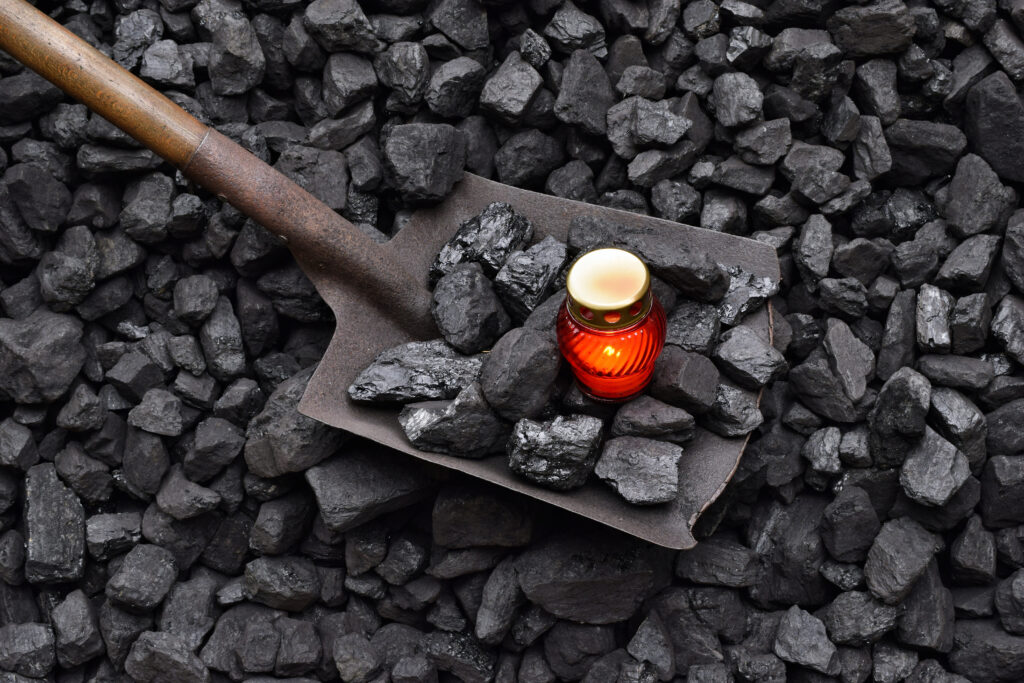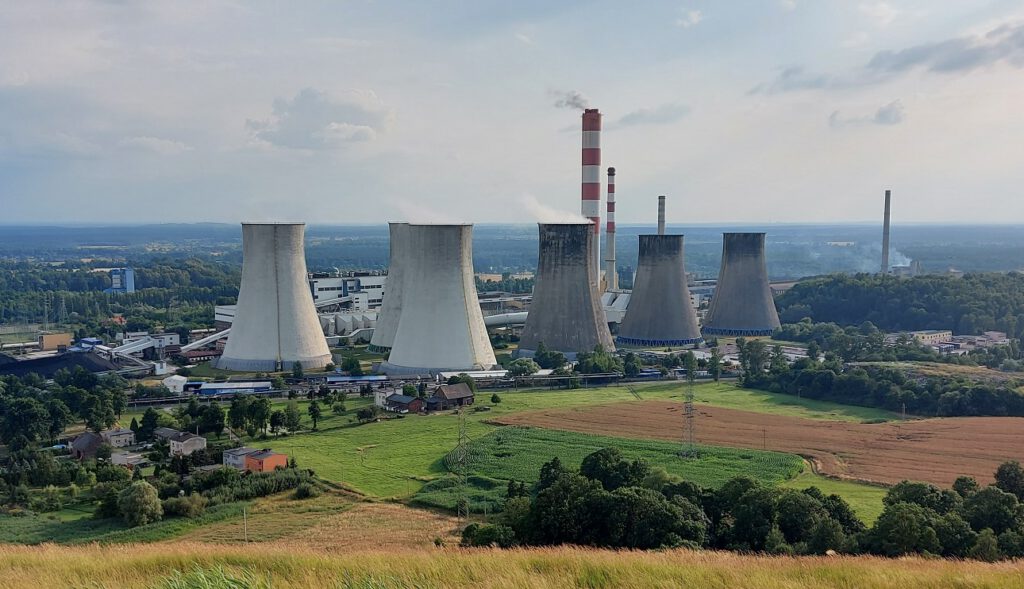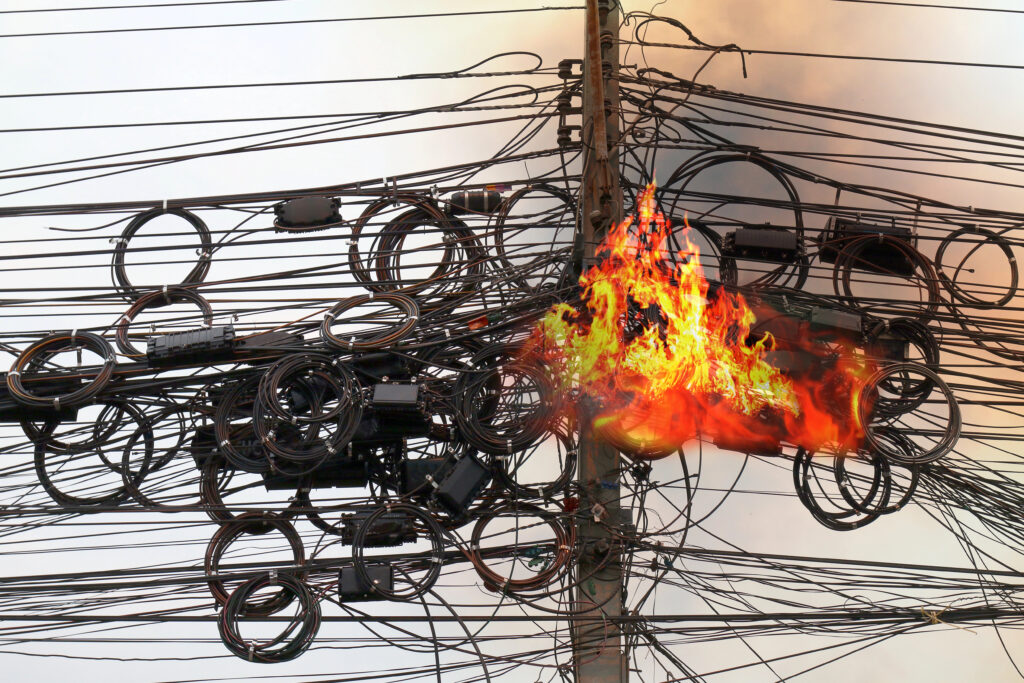Spis treści
The electricity prices in Poland this evening are as high as we haven’t seen since the peak of the energy crisis in 2022. The surge in prices, however, does not affect all of Europe equally. While in Hungary electricity will cost nearly 3800 PLN/MWh, in Finland it is priced at… 0 PLN/MWh. Why?
The hot and sunny high-pressure system lingering over almost all of Europe is impacting the power system and energy prices. Its effects are particularly visible in southeastern Europe, where temperatures are currently the highest, and the region also has relatively few flexible power sources and limited options for importing energy from the rest of Europe during peak demand.
Electricity in Hungary: 290 PLN during the Day and 3800 PLN in the Evening
As a result, this evening (at 21:00 Central European Time), the price for electricity in Hungary will be a staggering 891 euros/MWh (3800 PLN/MWh). Hungarians cover their power needs during the day mainly with nuclear and solar power. However, they lack enough flexible energy sources to replace the declining solar generation in the evening. They then rely on imports.
The situation across the region is similar, with evening prices rising sharply in countries with the worst access to Europe’s vast energy storage facilities—hydropower plants in the Alps and Scandinavian Mountains.
Electricity Prices in Poland: 2000 PLN/MWh. First Time Since the Crisis
The electricity price in Poland at 21:00 will be much lower than in Hungary or Romania, but it will still be astronomically high—over 2000 PLN/MWh. This is the highest price on the Day-Ahead Market since the peak of the energy crisis in August and September 2022. In the 24-year history of the Polish power exchange, there have been just over 120 hours with such high prices.
In Poland, the reasons are similar—during the day, solar generation significantly lowers energy prices, but we lack energy storage to cover demand for 2-4 hours between the evening drop in solar production and the nighttime demand valley. This peak demand is mainly covered by coal-fired units and hydropower (pumped-storage plants). However, the latter are quite limited.
Electricity Price in Finland: 0 PLN/MWh
Lack of flexibility is not only reflected in very high prices. While Hungarians will pay almost 3800 PLN/MWh this evening, Finns (an hour later) will pay 0 PLN/MWh. To be precise, the price at 22:00 local time will be minus 3 cents/MWh.
In Finland, after years of delays, the next unit of the Olkiluoto nuclear power plant has finally come online. Thanks to this, the country covers half of its demand with nearly emission-free nuclear energy (4 GW). Another 2 GW are generated by run-of-river hydropower plants, and nearly 1 GW comes from biomass power plants, mainly for industrial needs, and thus are also non-flexible in pricing (the energy is a byproduct of industrial heat production). This evening, it will also be windy in Finland, generating an additional 2 GW from wind turbines. Although Finland, being on the periphery of Europe, has submarine connections with Estonia and Sweden, so they can export some of this energy, it is not enough to keep evening prices above zero.
Need for Flexibility
Energy prices in Europe might rise even further during evening peaks on Thursday and Friday, as high temperatures will also affect Central and Western Europe, including France and Germany.
Summer evening price peaks last relatively briefly (2-4 hours). To mitigate them in the future, Europe needs greater flexibility in demand and generation, as well as more energy storage.
Southern Europeans returning home in the evening turn on their air conditioning regardless of electricity prices on the market, as most pay a flat rate throughout the day. Air conditioning could cool their homes before their arrival using very cheap daytime energy, but this would require automation, which is still rare in European homes.
Greater flexibility in energy generation would also help. Evening demand peaks could be significantly covered by biogas plants if they did not operate at constant power all day but instead stored the biogas produced non-stop during the day and burned it in larger engines in the evening. No government in Poland has yet considered such a solution, which requires relatively modest financial outlay, but the situation is little better in France or Germany, where support systems further rigidify biogas production.
Another element improving flexibility, although currently the most expensive, is energy storage—both in the form of pumped-storage and reservoir hydropower plants, as well as electrochemical and mechanical systems. In summer, they can easily handle several-hour peaks in solar power production and shift this energy to the evening peak in demand. This market segment is currently developing the most dynamically compared to the other two, offering hope for reducing such price spikes in the future.












